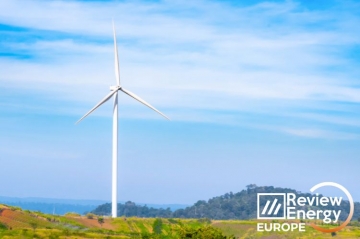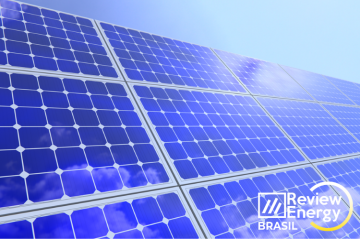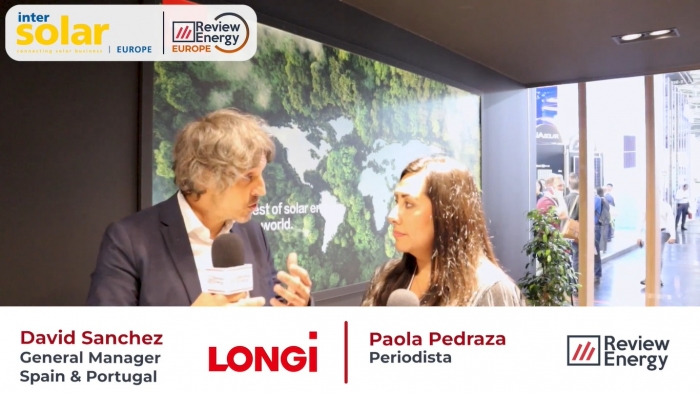
Trump's reelection would threaten US energy transition
According to the latest report from Wood Mackenzie titled "Hitting the brakes: how the energy transition could decelerate in the US," the prospect of former President Donald Trump securing a second term in the upcoming November election poses significant implications for US energy policy and decarbonisation efforts. A victory for Trump could bring about a substantial shift in policy priorities, potentially undermining the progress made under the Infrastructure Investment and Jobs Act (IIJA) of 2021 and the Inflation Reduction Act (IRA) of 2022. This article delves into the findings of Wood Mackenzie's recent report, examining how a Trump presidency could impact various aspects of the US energy sector and the broader transition towards a low-carbon future.
Policy shifts and their immediate impacts
The IIJA and IRA have been instrumental in advancing the US towards global leadership in decarbonisation. These policies have set the stage for a six-fold increase in wind and solar power capacity by 2050, with low-carbon hydrogen projected to make up 5% of the energy mix. Additionally, fossil fuel demand is expected to peak by 2030. However, a Trump victory could reverse these trends, leading to an immediate deceleration in support for low-carbon initiatives.
Cuts in incentives for emerging technologies
The report warns that, incentives for electric vehicle (EV) sales are likely to be reduced under a Trump administration, while the growth of green hydrogen and carbon capture, utilisation, and storage (CCUS) could falter. This shift would steer the US away from a net-zero emissions pathway, with unabated fossil fuel generation likely to expand. Economic nationalism, a hallmark of both Trump and Biden administrations, might persist, making companies less inclined to invest in emerging technologies.
Projected investments under a delayed transition
Wood Mackenzie's delayed transition scenario projects approximately US$11.8 trillion in investments for the US energy sector from 2023 to 2050, approximately 55% less than in its net-zero emissions scenario. This significant reduction highlights the potential economic and environmental impacts of a policy shift away from decarbonisation.
 Source: Wood Mackenzie
Source: Wood Mackenzie
Potential policy changes
The report also warns that a second Trump administration is expected to introduce executive orders that roll back support for low-carbon energy while expediting permits for LNG projects. New regulations from the Environmental Protection Agency (EPA), Department of Energy (DOE), and Treasury Department would likely favor fossil fuels. For instance, the 45V production tax credit could be adjusted to favor blue hydrogen over green hydrogen. Additionally, the EPA might roll back methane regulations, new power plant emissions standards, and transport sector emissions targets.
Emissions trajectory: net zero out of reach
The US, as the second-largest greenhouse gas emitter globally, plays a crucial role in global emissions reduction efforts. Under the base case, fossil fuel demand is projected to peak by 2030, with significant investments in CCUS and low-carbon hydrogen. However, in a delayed transition scenario, fossil fuel demand would peak at least ten years later, with total gas demand increasing by 6% by 2030 compared to the base case. This scenario would hinder progress towards net-zero emissions, creating a slower and less effective pathway for the energy transition.

Source: Wood Mackenzie
Sector-specific impacts
On the other hand, Wood Mackenzie states that, consumer preferences are shifting towards hybrids, with sales increasing by 57% in 2024, while EV sales have grown by only 19%. A second Trump administration would likely relax federal GHG emissions and fuel economy standarWood Mads for 2027-32, encouraging automakers to invest more in hybrids. Consequently, the total stock of EVs by 2050 could be 50% lower than in the base case, reducing US battery raw material demand by 27%.

Source: Wood Mackenzie
Power markets: investment headwinds
Strong growth in zero-carbon power generation is expected across all outlooks, but the pace of growth will depend heavily on policy. In a delayed transition scenario, wind, solar, and energy storage capacity in the US would be about 500 GW lower by 2050 compared to the base case. Legislative changes to the production and investment tax credits in the IRA are unlikely, but other factors such as interconnection delays, limited infrastructure permitting reform, and trade policies could constrain low-carbon energy investments.
Export market potential
Despite challenges, demand for low-carbon hydrogen and ammonia is growing globally. The delayed transition scenario foresees a two million tonne export market for low-carbon hydrogen by 2050, driven by demand from Europe, Japan, and South Korea.
State-level leadership in low-carbon investment
While federal support for decarbonisation may decline under a Trump administration, state-level initiatives can continue to drive progress. States with renewable portfolio standards and voluntary renewable energy targets have historically supported significant wind and solar capacity expansions. States like California have shown substantial growth in utility-scale battery capacity, indicating that state policies can independently support low-carbon investments.
A potential Trump victory in the November election could significantly alter the trajectory of US energy policy and decarbonisation efforts. Reduced federal support for low-carbon initiatives would likely slow investments in renewable energy, EVs, and emerging technologies. However, state-level actions and the inherent momentum of the energy transition could still drive progress towards a low-carbon future. Wood Mackenzie's report underscores the complexity and potential challenges of navigating this transitional period, emphasizing the critical role of policy in shaping the future of the US energy landscape.








Comentarios
Sé el primero en comentar...